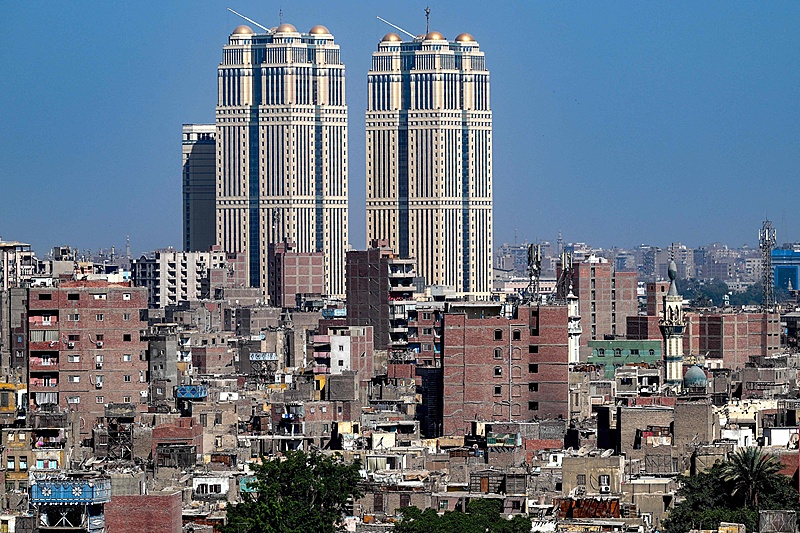
Somali pirates release last 3 hostages as armed men attack Panama-flagged ship

Somali pirates have released three Iranian hostages held for five years, a maritime security official said on Thursday, as conflicting reports emerged whether another ship had been seized after a three-year hiatus in hijackings.
The three Iranians are the last of the crew of the Iranian fishing vessel FV Siraj, which was captured by pirates on March 22, 2015.
“This marks the end of an era of Somali piracy and the pain and suffering of Somalia’s forgotten hostages,” said John Steed, the coordinator of the Hostage Support Programme, a volunteer organisation based in Nairobi begun to help rescue crews abandoned by their employers.
The release was meant to mark the end of an era for Somalia’s pirates, who held over 2,300 crew between 2010 and 2019.
But instead, six armed men hijacked the Panama-flagged Aegean II late Wednesday after it had engine problems, a regional governor in Somalia told Reuters.
Musse Salah, the governor of Gardafu in the semi-autonomous northern region of Puntland, said the ship was travelling from the United Arab Emirates to Mogadishu port when pirates attacked it, in what would be the first successful hijacking since 2017.
There were 20 crew onboard, said a resident in contact with the men who had seized the ship.
A regional security official said the men appeared to have links to a local militia that functioned as a police unit in the Bari region. The official asked not to be named as he was not authorised to speak to the media.
Jay Bahadur, a Somali piracy expert who was previously head of a United Nations group of experts enforcing an arms embargo on Somalia, said that being a pirate and a member of the Somali police had not historically been mutually exclusive.
He said it appeared that a group of men wearing police uniforms had boarded the ship, robbed the crew and taken the weapons of a private security team on board.
The man reported to be the ringleader of the attack on the Aegean II had repeated phone contact with another pirate who was part of a group that carried out Somalia’s last hijacking in 2017, he added. The contact happened in the months prior to the 2017 hijacking.
“If it was indeed the police, it bears resemblance to one of the earliest Somali piracy incidents, when members of the Puntland coast guard hijacked the boat they were supposed to be guarding,” he said.
Satellite tracking data showed the ship appeared to have rounded the Horn of Africa and was going south past the Somali port of Hafun before suddenly turning sharply to the north and docking in Bereeda. Pictures sent to Reuters from Bereeda showed the Aegean II, a small tanker that carries chemical or crude products.
The European Union Naval Force, known as EU Navfor, was checking on the incident, said a source in their Somalia Joint Operation Centre.
At the height of their power in 2011, Somali pirates launched 237 attacks off the coast of the country, the International Maritime Bureau says, and held hundreds hostage.
The number of attacks later tumbled as shipping firms implemented better security protocols, including posting look-outs, sailing further away from Somalia, and hiring private security. International warships operating as part of a coalition also prevented several attacks.
Somalia has been riven by civil war since 1991 and is controlled by a patchwork of local militias, pockets of federal forces, African Union peacekeepers and Islamist insurgents. The Horn of Africa nation has also been intermittently plagued by pirates.






